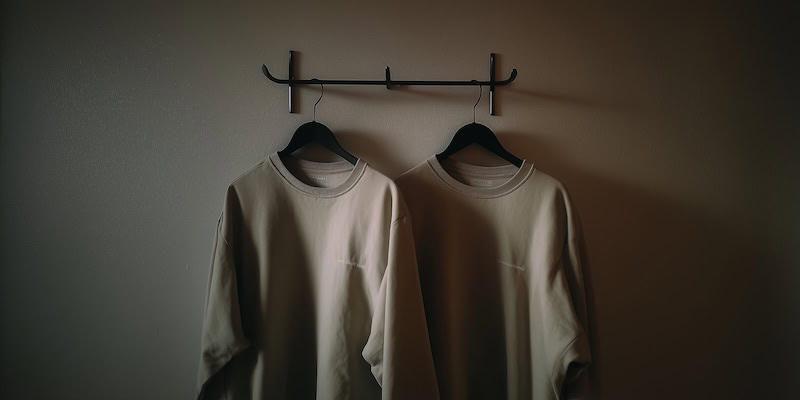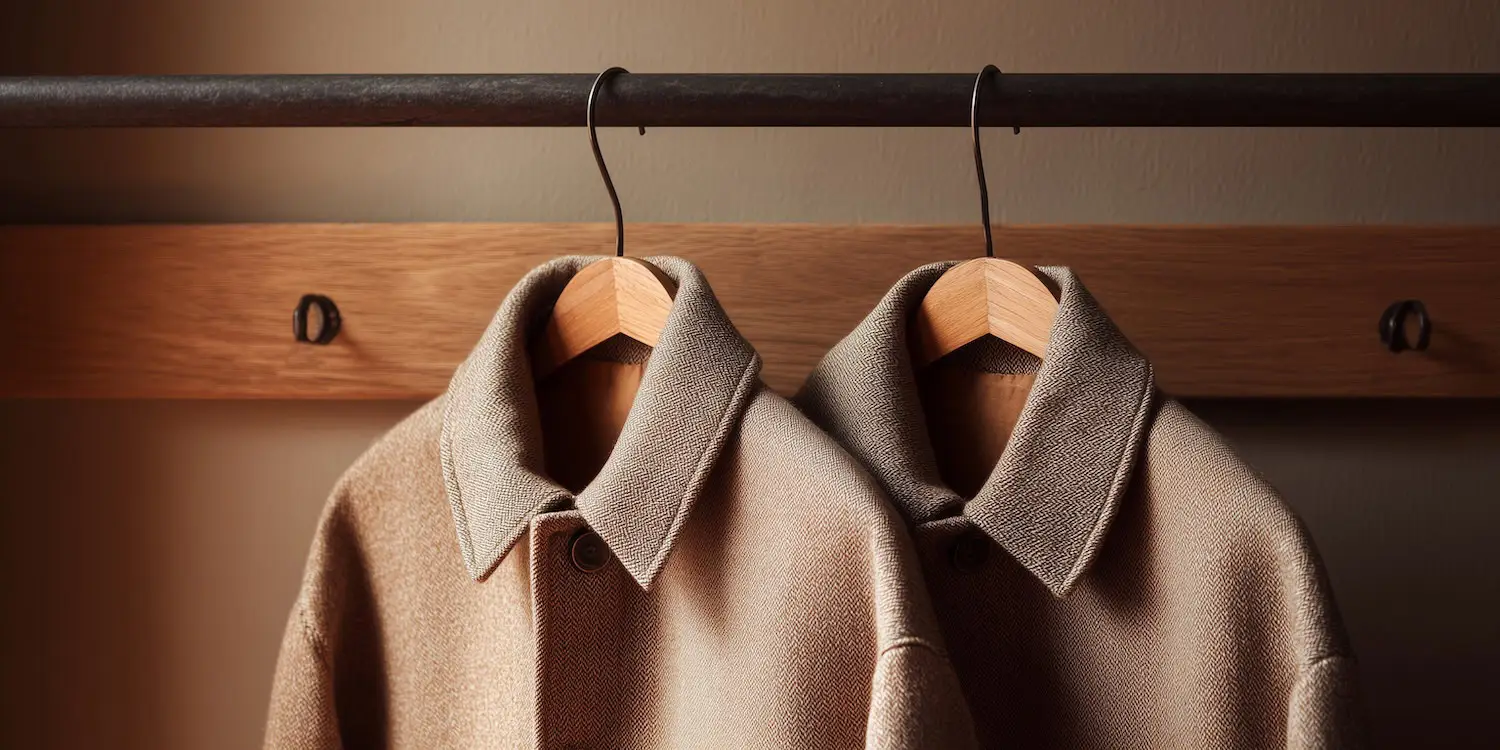Spend enough time with someone, and suddenly you end up looking like twins. Whether it’s matching colours, similar jackets, or literally wearing each other’s clothes, couples often become coordinated without even trying. Sometimes it’s sweet, sometimes awkward, and sometimes one of you will have to change before leaving the house. From shared wardrobes to subtle influences, there are many reasons why couples start dressing alike, and most of them reveal a lot about how close you’ve become.

Ten Reasons Couples Start Dressing the Same
1. The classic accidental match: The most common reason is simply a coincidence. You both reach for jeans and a grey jumper, only to notice it halfway down the street. It’s the kind of accident that makes you laugh and wonder if you should start doing wardrobe checks before leaving the house.
2. Shared colour palettes: Over time, couples’ wardrobes tend to overlap naturally. Perhaps you both favour clean neutrals, earthy tones, or bold brights. Even if you’re not intentionally matching, shared taste makes it seem as though you’ve planned it.
3. Borrowed clothes: A hoodie or jacket is “borrowed for one day” and never returned. Soon, you both end up wearing versions of the same item. Borrowed clothes become permanent fixtures, and suddenly you’ve got a couple’s uniform without even noticing.
4. Wearing each other’s clothes: Sometimes it’s not just borrowing, it’s sharing. One person might pinch the other’s jumper because it’s cosy, or you might swap T-shirts while relaxing at home. Hoodies, tracksuits, and pyjamas are common culprits. Before you know it, you’re consistently wearing the same wardrobe and looking like a matched set.
5. Who gets priority and who must change: The awkward moment occurs when you both choose the same outfit for a night out. Only one can wear the green shirt or the navy jacket. Do you both decide to match, or will someone step back to change? Some couples laugh it off and embrace the twin look, while others have a quiet agreement about who gets first pick.
6. The single-shopper household: In many relationships, one partner does most of the shopping for clothes. Naturally, they select what they like and sometimes buy two of the same item. The result is two wardrobes full of nearly identical garments. It’s efficient, but also a recipe for spontaneous, yet meaningful moments.
7. Fashion influence rubs off: Spend enough time together and your styles start to blend. If one person is into vintage denim, suddenly both of you have stacks of Levi’s. If one falls in love with linen shirts, the other tends to develop a similar taste. It’s not copying, it’s the gentle influence that comes with sharing a life.
8. Dressing as a couple: Some pairs deliberately embrace it. Matching outfits can be a playful way to show togetherness, whether that’s wearing coordinated colours on holiday or matching tracksuits at the airport. In some cultures, couples who look or dress similarly are genuinely considered fashionable, seen as a celebration of love and unity.
9. Subtle matches accumulate: It’s not always about identical outfits; sometimes, it’s the small details that make a big difference. Stripes with stripes, similar trainers, or jackets from the same brand. On their own, harmless. Together, they create an unintended harmony that makes you look more in sync than you realised.
10.It becomes an integral part of the couple’s relationship identity: For some couples, dressing alike becomes an essential aspect of their shared identity. Friends expect it, family jests about it, and soon it feels natural. Whether by accident, influence, or shared routines, twinning develops into one of those little quirks that define you as a pair.
Final Notes on Couples Who Dress Alike
Matching outfits may seem trivial, but they often reveal something more profound, such as emotional bonds, shared routines, and a sense of unity. Dressing alike can express comfort and compatibility, acting as a visual signal that you’re in harmony with each other. Some couples laugh at the coincidence, others enjoy it as a fun tradition, and a few adopt it as their signature look.
If it happens to you, don’t overthink it. It’s not about losing your individuality but showing how naturally your choices have aligned. From swapping hoodies to sharing colour palettes, matching styles can be charming, practical, or proof that love makes even your fashion sense come together.
Frequently Asked Questions About Couples Dressing the Same
Why do couples begin to resemble each other over time?
Shared environments, routines, and lifestyle choices all contribute. You influence each other’s shopping habits, hairstyles, and even posture, which causes your overall appearance to become more similar naturally.
Is it bad if my partner and I dress the same?
Not at all. Many couples find it fun or endearing. As long as you both feel comfortable and confident, it’s a sign of connection, not conformity.
Do matching outfits strengthen relationships?
While matching clothes won’t guarantee a stronger relationship, they can serve as a playful way to show unity and shared taste. Feeling in sync visually can also sometimes reflect emotional closeness.
How can couples prevent dressing identically?
If you want to maintain your individual style, consider planning your outfits together or choosing different colour schemes. Shopping separately and trying out various styles also helps.
Why do people find matching couples adorable?
Because it signifies unity and shared energy, matching couples often radiate a sense of harmony, humour, and partnership, which is always pleasant to observe.
Some articles we like: Cosmopolitan: Couples who wear the same outfits, and Harper’s Bazarr: The best coordinating couples. You might also like this article: Ten ideas for organising your wardrobe.
